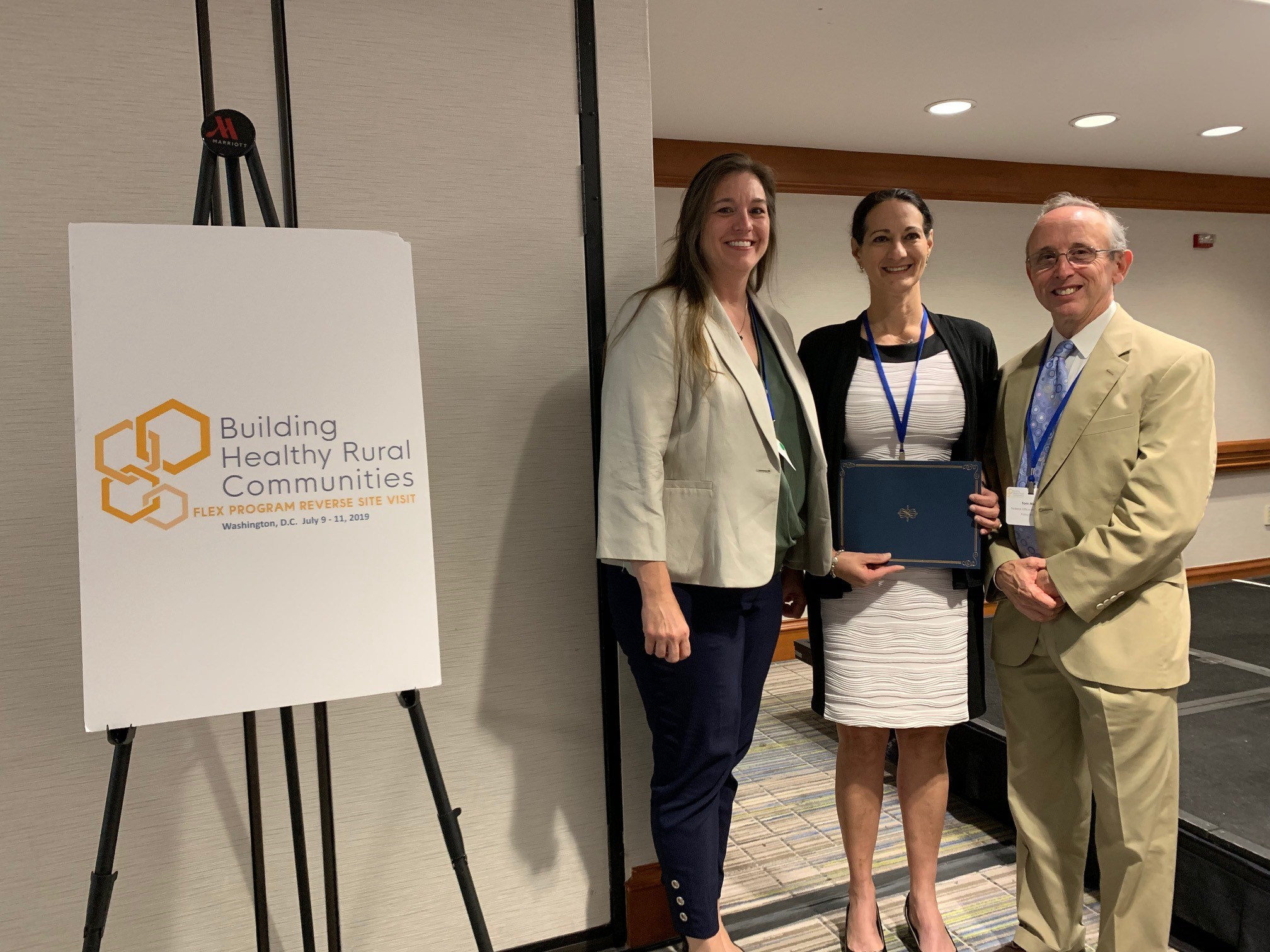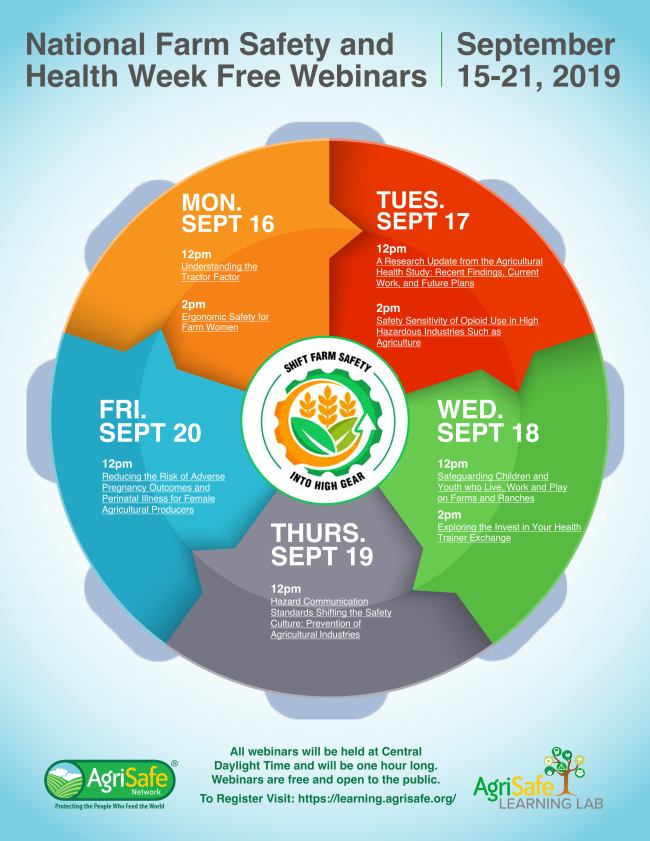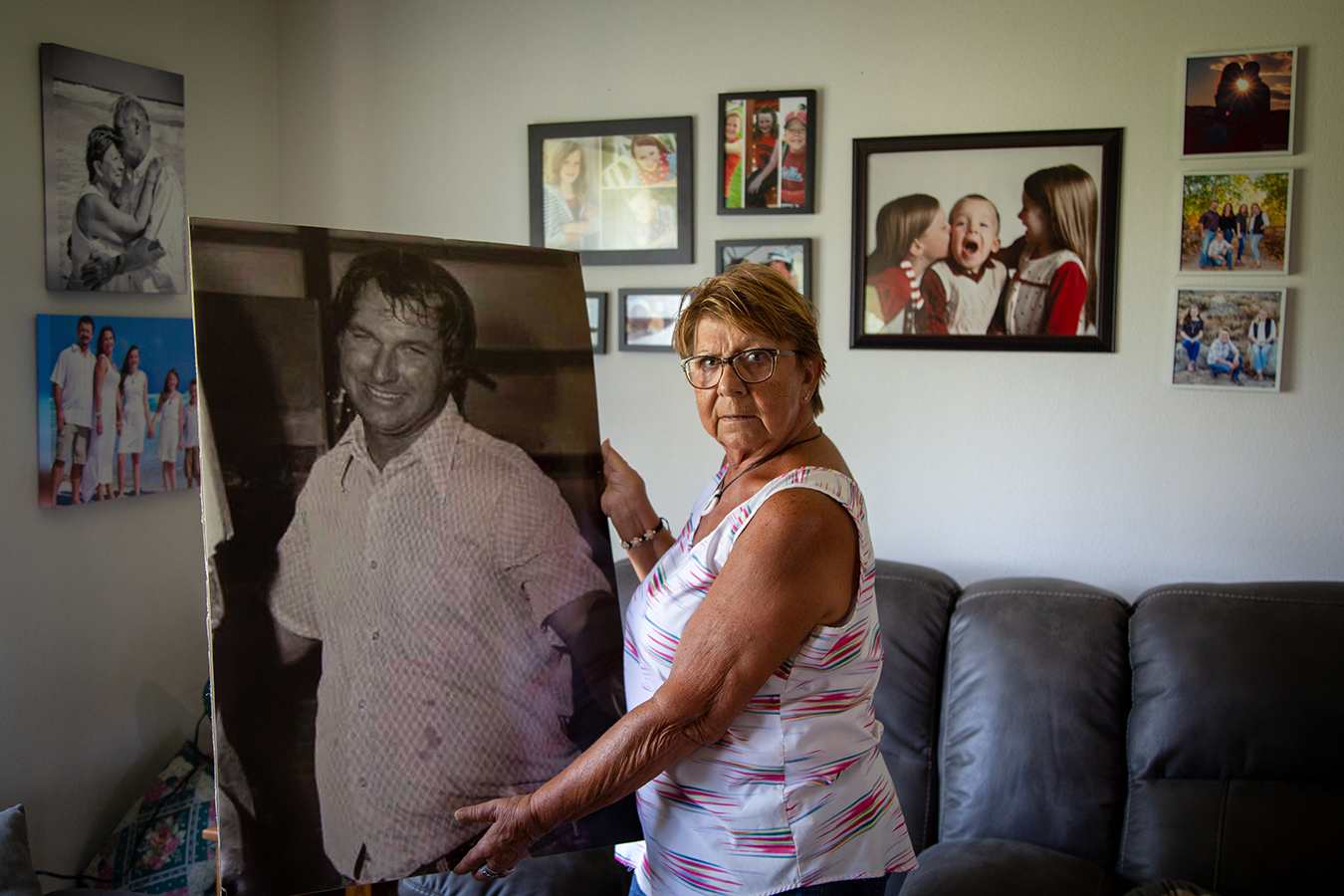- CMS: Medicare Program; Implementation of Prior Authorization for Select Services for the Wasteful and Inappropriate Services Reduction (WISeR) Model
- Public Inspection: CMS: Medicare Program: Implementation of Prior Authorization for Select Services for the Wasteful and Inappropriate Services Reduction Model
- CMS: Secretarial Comments on the CBE's (Battelle Memorial Institute) 2024 Activities: Report to Congress and the Secretary of the Department of Health and Human Services
- HHS: Patient Protection and Affordable Care Act: Marketplace Integrity and Affordability
- HRSA Announces Action to Lower Out-of-Pocket Costs for Life-Saving Medications at Health Centers Nationwide
- Public Inspection: HHS: Patient Protection and Affordable Care Act: Marketplace Integrity and Affordability
- Increased Risk of Cyber Threats Against Healthcare and Public Health Sector
- Eight Hospitals Selected for First Cohort of Rural Hospital Stabilization Program
- Announcing the 2030 Census Disclosure Avoidance Research Program
- CMS: Medicare Program; Hospital Inpatient Prospective Payment Systems for Acute Care Hospitals and the Long-Term Care Hospital Prospective Payment System and Policy Changes and Fiscal Year 2026 Rates; Requirements for Quality Programs; and Other Policy Changes; Correction
- CMS: Medicare Program; Hospital Inpatient Prospective Payment Systems for Acute Care Hospitals and the Long-Term Care Hospital Prospective Payment System and Policy Changes and Fiscal Year 2026 Rates; Requirements for Quality Programs; and Other Policy Changes; Correction
- CMS: Medicare and Medicaid Programs; Contract Year 2026 Policy and Technical Changes to the Medicare Advantage Program, Medicare Prescription Drug Benefit Program, Medicare Cost Plan Program, and Programs of All-Inclusive Care for the Elderly; Correction
- CMS: Medicare and Medicaid Programs; Contract Year 2026 Policy and Technical Changes to the Medicare Advantage Program, Medicare Prescription Drug Benefit Program, Medicare Cost Plan Program, and Programs of All-Inclusive Care for the Elderly; Correction
- CMS: Medicare Program; Prospective Payment System and Consolidated Billing for Skilled Nursing Facilities; Updates to the Quality Reporting Program for Federal Fiscal Year 2026
- CMS: Medicare Program; FY 2026 Hospice Wage Index and Payment Rate Update and Hospice Quality Reporting Program Requirements
Pennsylvania’s Critical Access Hospital Program Ranked Number One in the Nation for Quality Improvement
University Park, Pa. (August 22, 2019) – On July 11, at a national meeting in Bethesda, Maryland, the Federal Office of Rural Health Policy (FORHP) presented ten state offices of rural health with the 2019 Medicare Beneficiary Quality Improvement Project (MBQIP) Quality Performance Awards. These awards recognize achieving the highest reporting rates and levels of improvement in Critical Access Hospitals (CAHs) over the past year. CAHs are designated by the Centers for Medicare and Medicaid Services in recognition of the essential services they provide to rural communities.
This year’s 10 top-performing states are Pennsylvania, Massachusetts, Michigan, Utah, Alabama, Nebraska, Illinois, Maine, Minnesota and Wisconsin. These states’ offices of rural health built on their previous successes by investing funding from FORHP into quality-improvement projects and developing technical assistance resources that improve high-quality care in their communities. States also work collaboratively with each Critical Access Hospital and their respective partners to share best practices and utilize data to drive quality improvement in their hospitals.

Pennsylvania recently was ranked as the number one MBQIP program in the nation. The state has 15 CAHs which serve the most rural communities. Pennsylvania was one of the first states to achieve 100 percent reporting by CAHs to MBQIP and is one of the few programs in the nation to have a staff member dedicated to quality improvement.
The federally-funded program that provides technical assistance to the CAHs and supports their quality improvement efforts is administered by the Pennsylvania Office of Rural Health, which is administratively housed in the Department of Health Policy and Administration in the College of Health and Human Development at Penn State University Park.
Formed in 1991, PORH is one of 50 state offices of rural health in the nation funded under a program administered by FORHP. It is charged with being a source of coordination, technical assistance, networking, and partnership development, and provides expertise in the areas of rural health, agricultural health and safety, and community and economic development.
Lannette Johnston, quality improvement coordinator at PORH, said, “This award is evidence of the hard work and dedication that the Pennsylvania CAH quality improvement directors, staff and leadership provide every day to enhance the health of the communities they serve.”
“We are privileged to work with outstanding rural health care leaders who make quality care a top priority in their CAHs,” said Jennifer Edwards, PORH rural health systems manager and deputy director. “Receiving this recognition once again demonstrates their continued commitment to quality improvement.”
HRSA created the quality performance awards to promote high-quality care at rural hospitals with 25 or fewer beds. Hospitals that participate in MBQIP voluntarily report quality measures relevant to the care they provide, share data and take on quality improvement initiatives. Of those engaging in improvement initiatives, 72 percent have improved outcomes on the reported measures.
According to George Sigounas, HRSA administrator, “MBQIP is part of a broader portfolio of activities within HRSA to preserve hospitals and help rural communities to continue their access to quality health care. Ensuring rural hospital viability is an important component of HRSA’s strategic efforts on high-quality and value-based care.”
“We’re happy to work with the states on this effort,” said Tom Morris, FORHP associate administrator. “They’ve done a great job showing that CAHs can be national leaders in quality improvement and that results in better care in rural communities.”
National Farm Safety and Health Week: September 15-21, 2019
AgriSafe Network is excited to be part of National Farm Safety and Health (NFSH) Week 2019. Participate in NFSH Week now by registering for FREE webinars relating to each of the daily topics! All you need to do to register is create a profile on the AgriSafe Learning Lab (which takes less than 2 minutes)! Google Chrome is the recommended web browser for the Learning Lab.
CLICK HERE to register and view a list of presenters!

Burden of Cancer in Pennsylvania Report Available
The Pennsylvania Data Advisory Committee (DAC) is pleased to announce the availability of the 2019 Burden of Cancer in Pennsylvania Report. This report provides a comprehensive analysis of the burden of cancer in Pennsylvania and lists disparities and the harms of cancer for policy makers, program administrators, business and industry leaders, and the citizens of the commonwealth.
Eight cancers were selected for study: cervix uteri, colon and rectum, female breast, leukemia, lung and bronchus, melanoma of the skin, ovary, and prostate. These selections were based on a survey from cancer control partners in Pennsylvania, each cancer’s impact on the overall burden of cancer, and the fact that screenings and preventive measures exist for most of them. This report shows different aspects each cancer including incidence, mortality, comparison by sex, race and ethnicity, US and PA trends, age of diagnosis, stage and 5-year net survival.
The DAC is a committee of the Pennsylvania Cancer Control, Prevention and Research Advisory Board with members representing the Pennsylvania Cancer Registry, the Bureau of Epidemiology, Bureau of Health Statistics and Research and the Division of Cancer Prevention and Control within the Department of Health and selected external organizations.
The report can be accessed on the Pennsylvania Department of Health website at https://www.health.pa.gov/topics/disease/Cancer/Pages/Cancer.aspx
The Candidates and Rural Policy: A Quick Guide
From The Daily Yonder
Here’s a roundup of the candidates’ positions on rural policy and a sampling of their statements about rural.
Eight of 19 Democratic presidential candidates have released comprehensive rural policy plans, and another six have included rural initiatives in other major policy documents, a Daily Yonder review of press reports and candidate websites reveals.
Only one candidate (New York Mayor Bill Deblasio) has been entirely mum on rural, according to our research. The other candidates have at least mentioned rural America on the hustings or in candidate debates. And most have created full rural plans or included rural implications in policy documents on topics such as economic development, healthcare, and conservation.
Candidates with comprehensive rural-policy platforms are former Vice President Joe Biden; South Bend, Indiana, Mayor Pete Buttigieg; former Ohio U.S. Representative John Delaney; New York Senator Kirsten Gillibrand; Colorado Governor John Hickenlooper; Minnesota Senator Amy Klobuchar; Vermont Senator Bernie Sanders; and Massachusetts Senator Elizabeth Warren.
Click here for a table of rural statements and documents from the 19 candidates who qualified for the second round of Democratic primary debates. The candidates are listed in alphabetical order. We’ll update this document as the campaign progresses. If you see errors or omissions, please let us know (tim@dailyyonder.com).
After A Rural Hospital Closes, Delays In Emergency Care Cost Patients Dearly
The loss of the longtime hospital in Fort Scott, Kan., forces trauma patients to deal with changing services and expectations.

Linda Findley’s husband, Robert, died after falling on the ice during a winter storm this February in Fort Scott, Kan. Mercy Hospital had recently closed, and Robert had to be flown to a neurology center 90 miles north in Kansas City, Mo., but at least three air ambulance pilots turned down the call from local EMS workers before one accepted.(Christopher Smith for KHN)
FORT SCOTT, Kan. — For more than 30 minutes, Robert Findley lay unconscious in the back of an ambulance next to Mercy Hospital Fort Scott on a frigid February morning with paramedics hand-pumping oxygen into his lungs. A helipad sat just across the icy parking lot from the hospital’s emergency department, which had recently shuttered its doors, like hundreds of rural hospitals nationwide.
Suspecting an intracerebral hemorrhage and knowing the ER was no longer functioning, the paramedics who had arrived at Findley’s home called for air transport before leaving. For definitive treatment, Findley would need to go to a neurology center located 90 miles north in Kansas City, Mo. The ambulance crew stabilized him as they waited.
But the dispatcher for Air Methods, a private air ambulance company, checked with at least four bases before finding a pilot to accept the flight, according to a 911 tape obtained by Kaiser Health News through a Kansas Open Records Act request.
“My Nevada crew is not available and my Parsons crew has declined,” the operator tells Fort Scott’s emergency line about a minute after taking the call. Then she says she will be “reaching out to” another crew. Nearly seven minutes passed before one was en route.
When Linda Findley sat at her kitchen counter in late May and listened to the 911 tape, she blinked hard: “I didn’t know that they could just refuse. … I don’t know what to say about that.” Both Mercy and Air Methods declined to comment on Findley’s case.
When Mercy Hospital Fort Scott closed at the end of 2018, hospital president Reta Baker had been “absolutely terrified” about the possibility of not having emergency care for a community where she had raised her children and grandchildren and served as chair of the local Chamber of Commerce. Now, just a week after the ER’s closure, her fears were being tested. Read the full article here.
Pennsylvania Governor Announces Double-Digit Decrease in State Overdose Rate
Pennsylvania Gov. Tom Wolf recently shared data that displays opioid overdoses have decreased in Pennsylvania by 18% from 2017 to 2018. Contributing to the decrease is the hard work and diligence of those working with patients who have a substance use disorder (SUD) to offer a combination of primary care services, medicated assisted treatment (MAT), recovery support specialists and individual and group therapy. The distribution of naloxone has also contributed to the decrease as has equipping first responders and other professionals with the opioid antagonist. The Wolf administration announced that two statewide naloxone distribution days will occur on Sept. 18 and Sept. 25 with details to be released in the next few weeks.
Rural Guide to Improving Chronic Obstructive Pulmonary Disease (COPD) Care
The National Rural Health Resource Center and Stroudwater Associates, supported by FORHP, developed a guide on the community and patient benefits for implementing pulmonary rehabilitation services. Rural hospitals and clinics can use this guide to identify areas for improvement within their diagnosis, treatment and long-term care of COPD patients in their communities. A University of Minnesota report highlights that while the COPD prevalence rate is the prevalence of COPD is higher for individuals living in rural areas, Critical Access Hospitals are less likely to employ any respiratory therapists. This guide is developed as part of the COPD National Action Plan, with the goal of developing resources for improving the lives of individuals living with COPD symptoms in rural communities. Click here to access the guide.
Rural Community Ambulance Agency Transformation Resource
This new resource helps rural emergency medical service leaders transform their agencies away from dependency on fees assessed for the volume of services provided and toward a people-centered, value-based operation that rewards positive patient outcomes. This resource was supported by the Federal Office of Rural Health Policy and coordinated by the Technical Assistance and Services Center (TASC), a program of the National Rural Health Resource Center. Click here to access the full document.
A Guide for Rural Health Care Collaboration and Coordination
This new resource was created by the Federal Office of Rural Health Policy and the Health Centers program at the Health Resources and Services Administration. It discusses how rural providers can work together to identify health needs in their communities, create partnerships to address those needs, and develop a “community-minded” approach to health care. The guide illustrates through case studies how providers in two communities created networks and partnerships to improve the efficiency of care, optimize resources, and improve the lives of their residents. Click here to access the full guide.
New Report: Perceived Facilitators and Barriers to Rural Nursing Practice
A new report from the Rural and Minority Health Research Center provides the results of a web-based survey disseminated to a geographically diverse sample of nurses throughout the U.S. to assess perceived barriers and facilitators to nursing practice; job satisfaction; and self-identified challenges in nursing work environments and patient care. Of particular interest were nurses in ambulatory care practices. The full report can be accessed here.

